During that time, because of the sponsorship of top management including the Chairman and CEO, the design team grew from a handful to over two hundred, design evolved from downstream production to core strategic capability and design methodologies went beyond the Design Department to permeate the entire organisation, reshaping skillsets, processes and culture. Together, these changes have resulted in a more innovative and competitive organisation. — BBVA’s big learning? Meaningful change means orienting everyone around the customer.
Design Transformation: A Trojan horse
Organisational change is defined as “a process of profound and radical change that orients an organisation in a new direction and takes it to an entirely different level of effectiveness.”1 But change is hard. According to McKinsey, one third of change programmes fail.2
John Kotter, a professor at Harvard Business School, has worked with dozens of companies to develop an eight-step model of change: create urgency, form a powerful coalition, create a vision for change, communicate the vision, remove obstacles, create short-term wins, build on the change and finally, anchor the change in culture.3 Similarly, McKinsey has a five-step strategy: set strategic objectives, assess current capabilities, create a portfolio of initiatives, create an implementation model and sustain momentum through continuous improvement.4
Though clearly containing crucial ingredients for success, as designers, we found traditional change management models too abstract, top-down, linear and missing a key opportunity: leveraging the proven power of human-centred thinking.
Instead, as a design team at BBVA we looked to another designer for inspiration. Jared Spool has outlined a fivestep model of design maturity in organisations: design as production, sporadic projects, significant investment, embedding of designers, and finally, design is infused throughout the organisation. He refers to this last step as the UX/Design tipping point.5
We embraced the idea of infusing design into the organisation and set out to find our Design tipping point. We used Design Thinking as a Trojan horse to show our non-designer colleagues the importance of putting the client at the centre and using creative tools to provide new possibilities to understand, conceptualise, prototype and evaluate products and services.6
Getting started: From human needs to organisational needs
BBVA’s Design Transformation began in early 2016. Like many change management programmes in today’s competitive marketplace, the primary goal was to help BBVA be more innovative. Based on early research and analysis, the business chose three areas of focus: customer-centricity, collaboration and creativity.
Although BBVA was simultaneously building a world-class design team to create cutting-edge financial products and services, it was clear that key decisions about the customer experience were happening well beyond the Design Department.
All employees were making decisions impacting the customer experience. The goal was to make each employee’s link to the customer more visible, tangible and actionable. Using Design Thinking, we have been able to provide a common language and set of tools to enable collaboration and enhance creativity. It was also about finding a way to make Design Thinking accessible to colleagues for whom the process would have been well outside their ordinary working life.



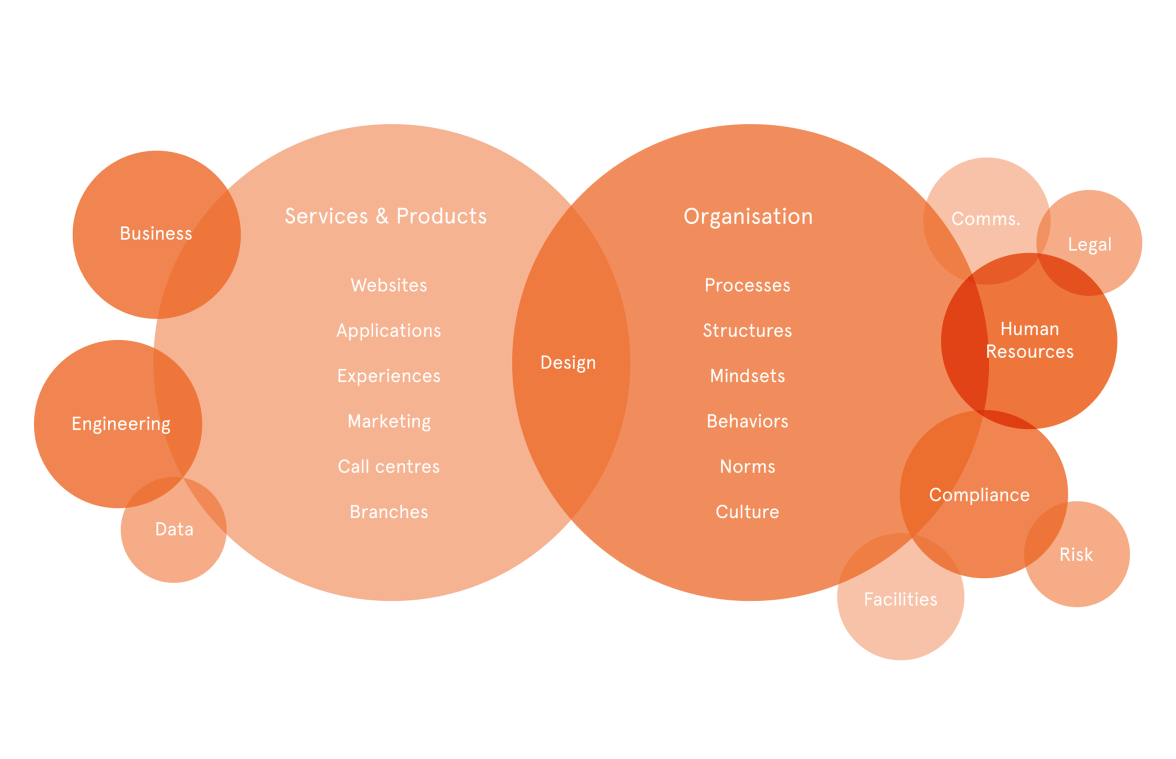
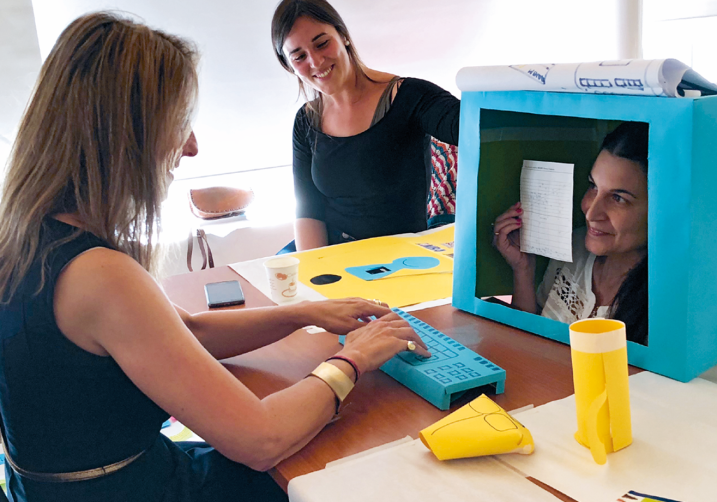
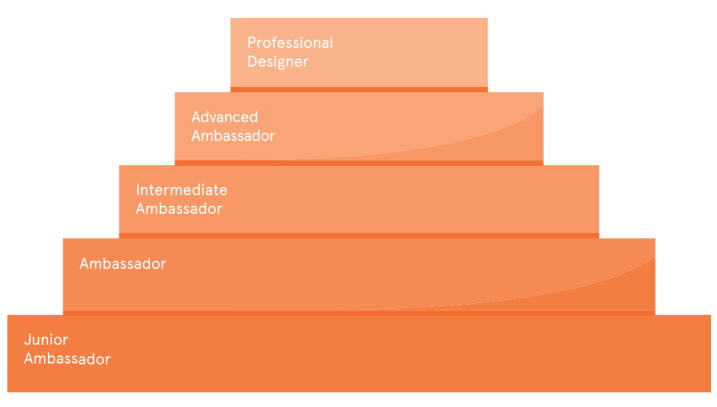
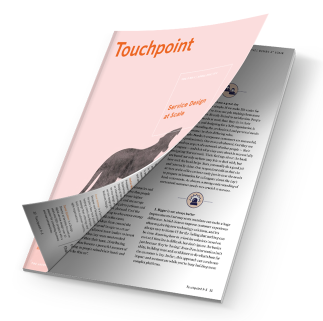

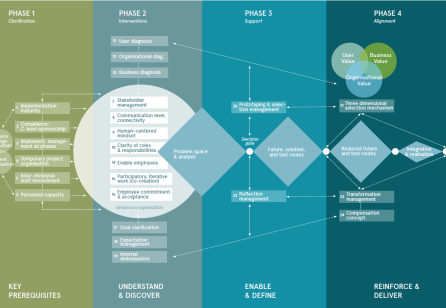
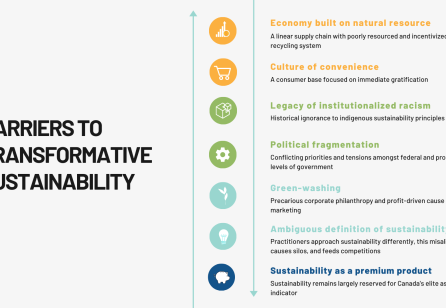
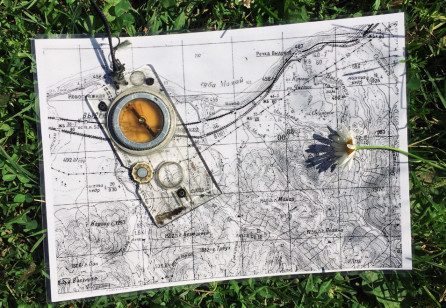

Share your thoughts
0 RepliesPlease login to comment